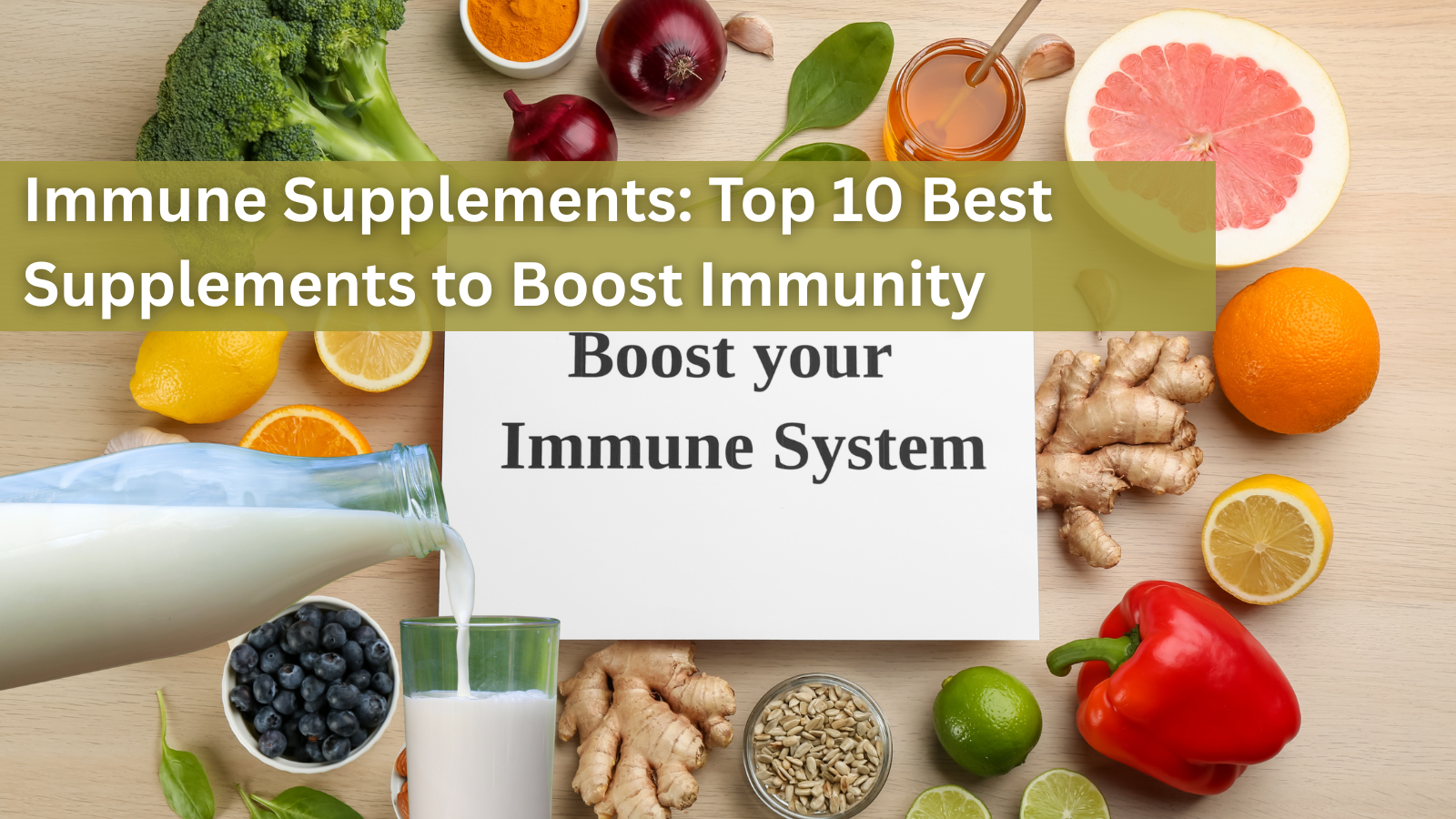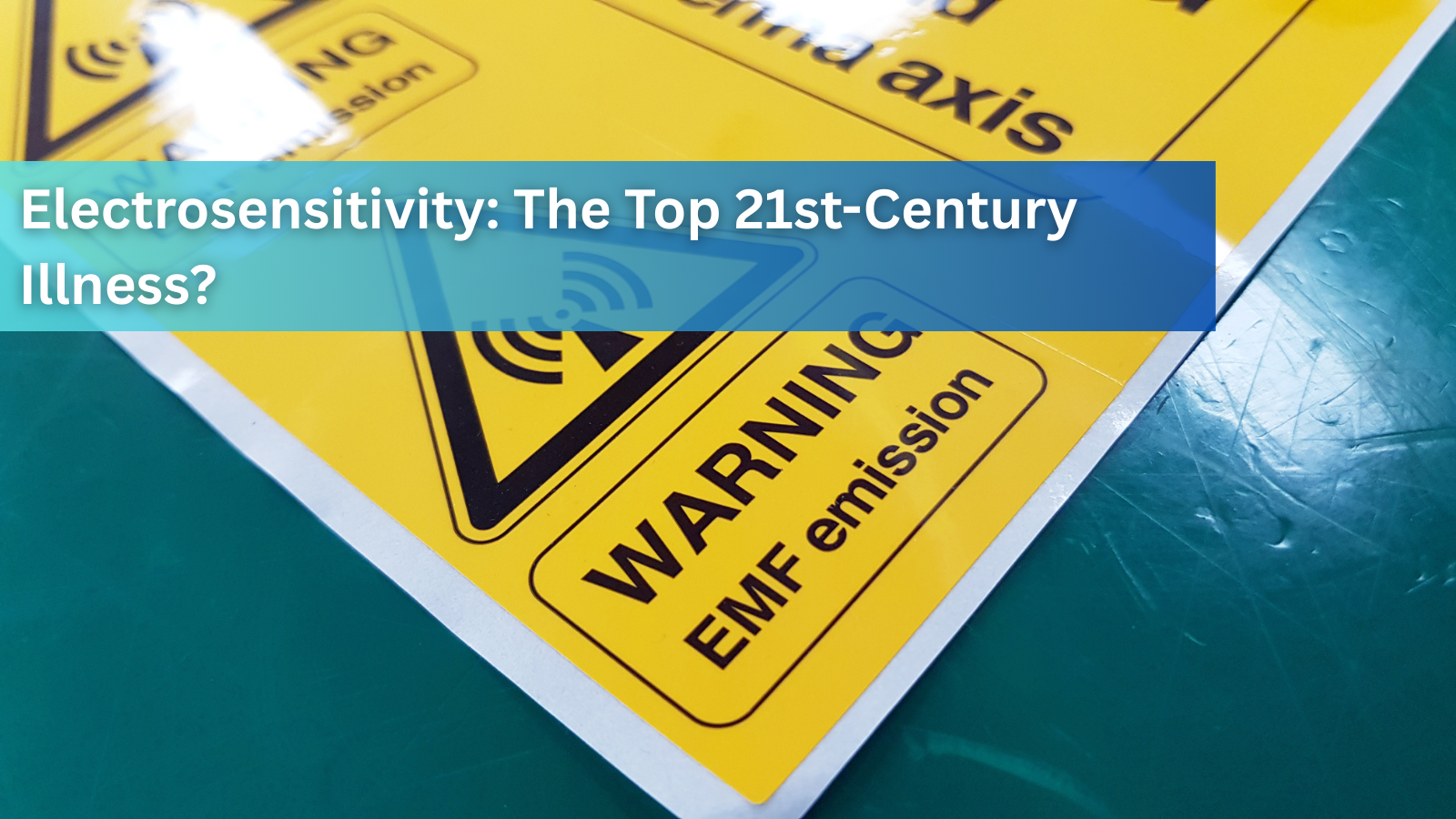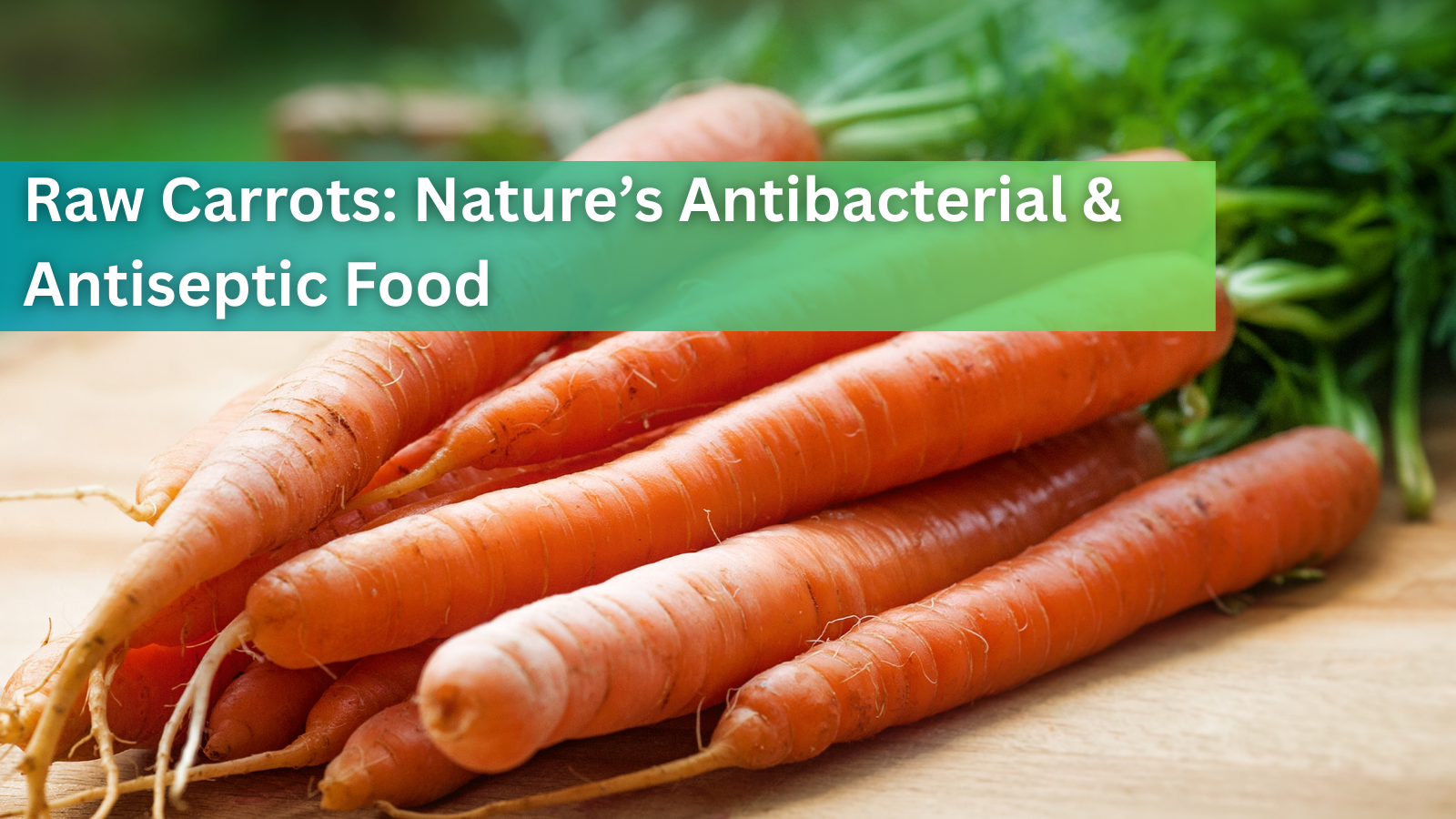The Hidden Dangers of Common Pesticides and Herbicides

Pesticides and herbicides play a crucial role in modern agriculture by controlling pests and weeds, thus ensuring higher crop yields. However, their use comes with significant risks that can impact our health and the environment. This article will explore the dangers of some of the most common pesticides and herbicides, focusing on their persistence, toxicity, and the risks they pose to humans and wildlife.
Organochlorine Pesticides (Contact Insecticides)
Organochlorine pesticides, such as DDT (1,1,1-trichloro-2,2-bis (4-chlorophenyl) ethane), were widely used for pest control but are now banned in most countries due to their high persistence in the environment and potential to accumulate in fatty tissues and milk. These pesticides are notorious for their long-term environmental impacts and potential health risks.
- Accumulate in fatty tissues and milk,
- Cause cancer and reproductive harm (1).
- Highly persistent in the environment
- Prohibited in most countries due to persistence
- Example: DDT (1, 1, 1-trichloro-2,2-bis (4-chlorophenyl) ethane)
- Common contaminants in hen eggs and milk products
Key Dangers:
- Persistence in the Environment: Organochlorine pesticides degrade very slowly, leading to prolonged exposure risks.
- Bioaccumulation: These compounds accumulate in the fatty tissues of animals and humans, leading to potential toxicity over time.
- Contamination: Common contaminants in hen eggs and milk products, posing a risk to consumers.
Organophosphate Pesticides
Organophosphate pesticides, including chlorethoxyfos, chlorpyrifos, and diazinon, are widely used as acaricides and insecticides. They are highly toxic to bees, wildlife, and humans, raising significant concerns about their safety.
- Examples: chlorethoxyfos, chlorpyrifos, diazinon
- Act as acaricides and insecticides
- Highly toxic to bees, wildlife, and humans
- Found in foods like milk, yogurt, wheat flour, cabbage, eggplants, cucumbers, maize, and tomatoes
Key Dangers:
- High Toxicity: These pesticides are extremely toxic to non-target organisms, including beneficial insects like bees and various wildlife species.
- Human Health Risks: Exposure to organophosphates is linked to neurological disorders and other health issues.
- Food Contamination: Found in foods such as milk, yogurt, wheat flour, cabbage, eggplants, cucumbers, maize, and tomatoes.
Dinitroaniline Pesticides (Herbicides)
Dinitroaniline herbicides, such as trifluralin, pendimethalin, and oryzalin, are commonly used for weed control. While they are effective herbicides, they pose environmental and health risks.
Key Dangers:
- Environmental Impact: These herbicides can persist in the soil and water, leading to potential contamination.
- Human Health Concerns: There are concerns about potential carcinogenic effects and other health risks.
Carbamates
Carbamates, such as aldicarb, function as selective herbicides, insecticides, acaricides, nematicides, molluscicides, or fungicides. They are known for their effectiveness but also their potential for harm (4).- Function as selective herbicides, insecticides, acaricides, nematicides, molluscicides, or fungicides
- Example of widespread carbamate pesticide: aldicarb (caused food poisoning in the USA in 1985)
Quaternary Ammonium Salts (Insecticides/Herbicides)
Quaternary ammonium salts are used as both insecticides and herbicides. They are particularly dangerous due to their high toxicity and potential for environmental persistence (5)- Examples: paraquat, diquat, chlormequat
- Most toxic of all insecticides or herbicides
- Neonicotinoids (Neuro-active Insecticides)
- Chemically similar to nicotine
- Occupy nearly 25% of the global market for insecticides
Heavy Metals
Complicating the presence of pesticides in our food supply, studies have found that heavy metals are often found in combination with pesticides. One study looked at levels of (cadmium (Cd), lead (Pb), copper (Cu), and zinc (Zn)) and pesticides (insecticides, herbicides, and fungicides) to see how they were impacting plant and soil ecosystems and human health.
 (6).
(6).
Heavy metals are prevalent from a variety of sources, such as the fertilizers themselves, fossil fuel contamination, industrial processes, mining, and waste disposal.
Many pesticides cause accumulation of heavy metals: "Cu, Zn, and Cd have a higher accumulation potential in agricultural soil due to the long-term use of fertilizers...It is extremely challenging to recover the soil environment after heavy metals contaminate the soil." The main reason for this has to do with the change to soil micoorganisms. Research has shown that certain insecticides are capable of reducing the nitrogen fixing and nitrifying microorganisms, leading to depleted soil health.
To avoid these pesticides, buy organic, use the EWG's research and guides to buying organic produce, and look into fermenting conventional produce.
References
- https://www.researchgate.net/profile/Kushik-Jaga/publication/11875541_Risk_reduction_for_DDT_toxicity_and_carcinogenesis_through_dietary_modification/links/59db6c770f7e9b2f587fed0c/Risk-reduction-for-DDT-toxicity-and-carcinogenesis-through-dietary-modification.pdf
- Eaton, D. L., & Gilbert, S. G. (2008). Pesticides and human health. Comprehensive Toxicology, 14, 307-332.
- Hermens, J. L. (1990). Electrophilic properties and aquatic toxicity of dinitroaniline herbicides. Environmental Toxicology and Chemistry, 9(1), 57-71.
- Keifer, M. C. (2000). Health effects of agricultural pesticide use in South America. International Journal of Occupational and Environmental Health, 6(1), 48-52.
- Tezel, U., & Pavlostathis, S. G. (2015). Quaternary ammonium disinfectants and their environmental implications. Water Research, 43(9), 2293-2302
6. Alengebawy, A.; Abdelkhalek, S.T.; Qureshi, S.R.; Wang, M.-Q. Heavy Metals and Pesticides Toxicity in Agricultural Soil and Plants: Ecological Risks and Human Health Implications. Toxics 2021, 9, 42. https://doi.org/10.3390/toxics9030042
7. Cover Image: https://blogs.uoregon.edu/beesvspesticides/2017/04/27/hello- world/

September 27, 2025
Immune Supplements: Top 10 Best Supplements to Boost Immunity
Are you looking for effective ways to enhance your body’s natural defense? Immune supplements have become popular choices to support the immune system booster function, especially in times of increased illness risk. With so many products...
Read more
September 27, 2025
Cell Phone and WiFi Safety: How to Prevent and Treat EMF Damage and Electrosensitivity
Electrohypersensitivity (EHS), often called electrosensitivity, has been a polarizing and increasingly relevant issue over the past decade and a half. Since the number of people identifying with these symptoms continues to grow exponent...
Read more
September 27, 2025
Raw Carrots: Nature’s Antibacterial & Antiseptic Food
For most of us, carrots are simply a crunchy snack or a source of vitamin A. But according to researcher Ray Peat, PhD, raw carrots offer something more unusual: they act as a kind of natural antiseptic inside the gut, helping to contro...
Read more




Leave a comment